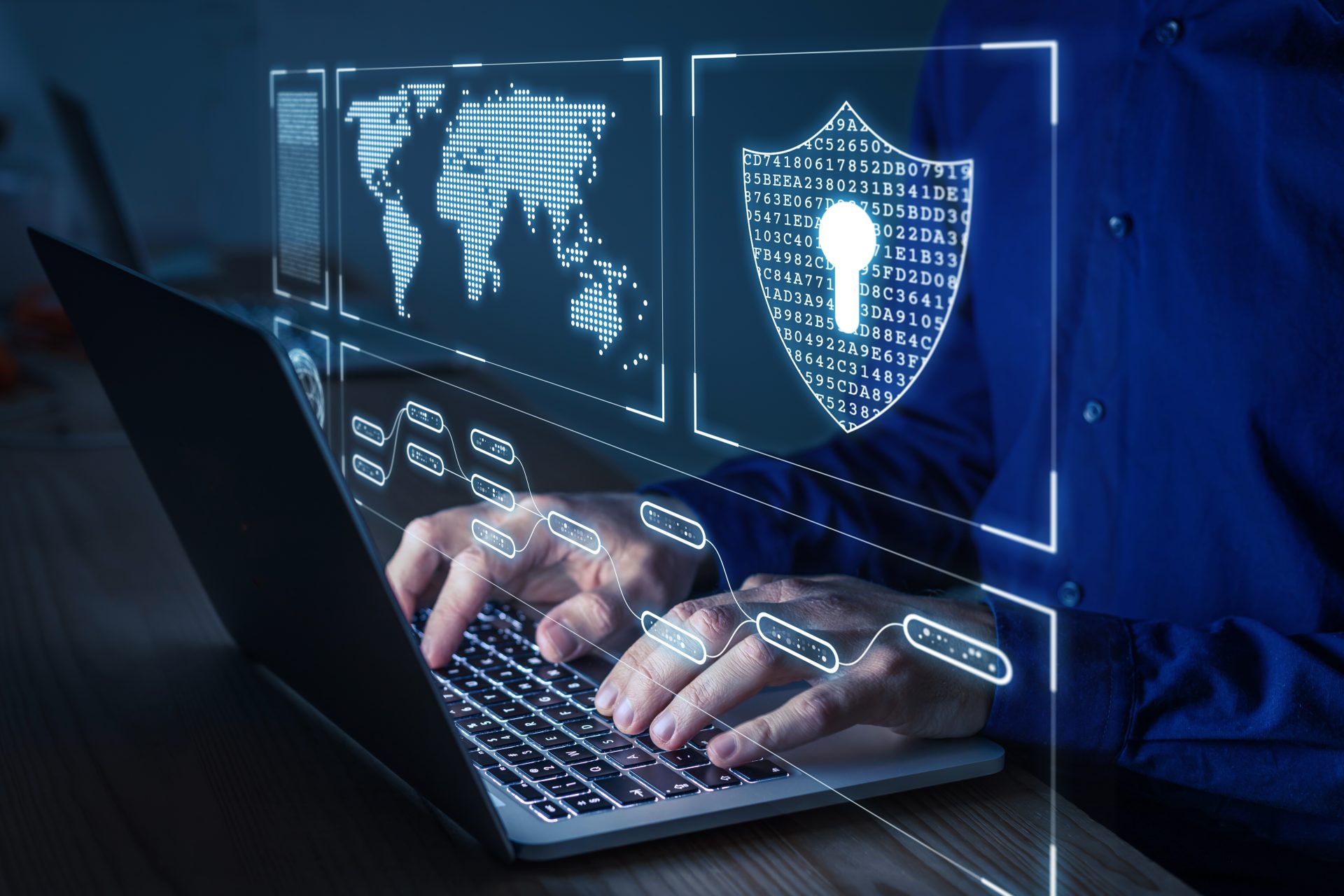Cybercrime is on the rise. Hackers actively target employees to gain access to an organization, because it’s often an easy way in. And even if you think your business is protected with cyber insurance, your claim may be denied if your staff members haven’t undergone training.
At Techify, we’ve done a lot of research and run hundreds of sessions for clients, which have given us a lot of insight into the critical elements of effective cybersecurity training. We want to share the top five essentials with you.
Five Essentials for Cybersecurity Training
1. It Needs to Be Continual
Number one, you need to conduct research on an ongoing basis. Why?
For one thing, you’re welcoming employees to your team on an ongoing basis, but you’re only providing training once a year, it could be while before new team members get up to speed.
Secondly, by distributing it in monthly, bite-sized pieces, you’re getting people engaged on a repeated basis, and creating awareness over time.
2. It Needs to Include Fire Drills
It is extremely important to run fire drills so that when you look at phishing, when you run simulations within your organization, that you test it out so that people know what to expect. This way, you can catch people who are not quite there yet with how they decipher and decide whether or not something is a phishing simulation.
3. It Needs to be Customized
If your training is just generic and kind of “one size fits all” for everybody, the ability to engage your staff and to be really useful is reduced.
- For example, does your organization need to be compliant with certain regulations, like GDPR, HIPAA or PIPEDA? Or maybe you work with Canadian banks and they want to see you doing things according to the certain frameworks.
- It’s also important to consider industry. There are different scenarios, different things you need to know, that are specific to industry. The training for someone in the healthcare industry vs. manufacturing would be quite different.
- And finally, customize roles. If you’re a finance professional, the training that is appropriate from a cybersecurity perspective is pretty different than if you’re a sales professional, right?
So, being able to take that training and say, “We’re going to customize it to compliance needs, to industry needs, to people needs” will increase that effectiveness.
4. It Needs to Include Useful Reporting
Useful reporting is simple, user friendly, and makes it easy to see who your repeat offenders are, as well as who is actually doing the training. And then you can make an executive decision at that point as to what types of conversations you need to have with anyone not on board, or adapting to ensure that they’re protecting the organization and their livelihood.
This is also important because if you ever have to make a cybersecurity claim due to a breach, you’ll have reporting that says, “This person’s done all of our cybersecurity training, we were as prepared as we could possibly be.” And it’s going to be a lot easier for you to fight and get your breach funded by your insurance.
5. It Needs to be Interesting
We all have piles and piles of work to do in our day and having something that’s kind of boring will make it that much harder to complete. And it’s not like people are racing to work saying, “Oh, the first thing I want to do today is cybersecurity training.”
Training should be interesting, fun, and have some quirkiness. It should also be specific to the employee. For example, if you never come in contact with shipping and you’re doing cybersecurity training on how to avoid shipping being exposed to a hack, it’s not going to be interesting.
So, just make sure that it’s useful, impactful, and engaging so that people want to do it every few weeks.
Have Questions?
We work with organizations across the GTA in a wide variety of industries and sectors.
Have questions about your cybersecurity needs?





